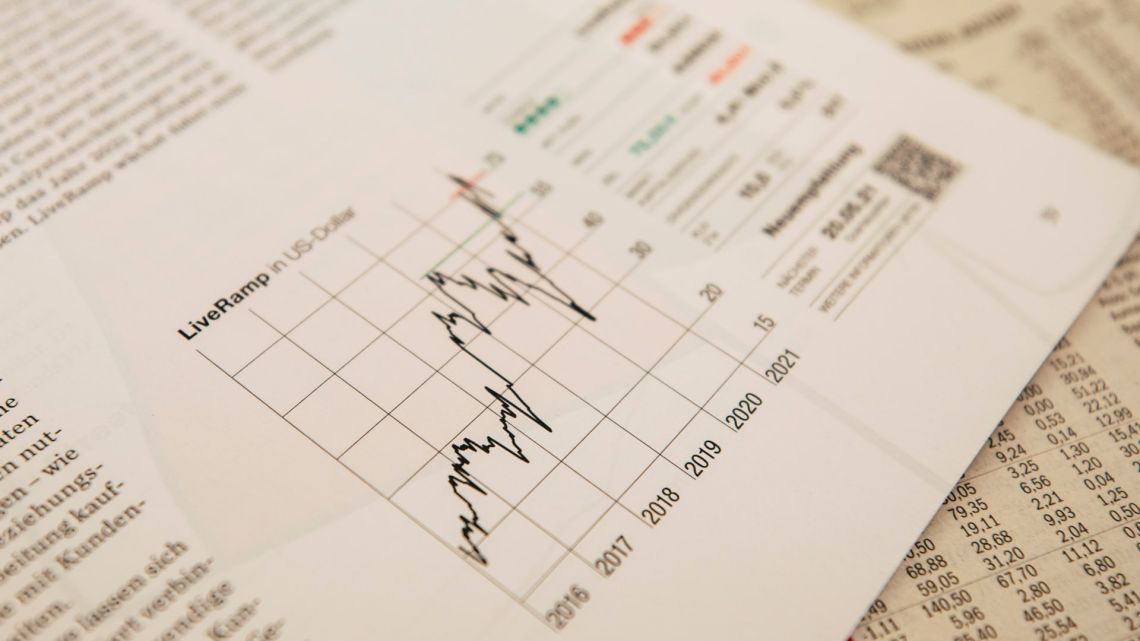
Oil prices have risen on Monday due to concerns over a potential supply shortage in the market. This comes after Saudi Arabia and Russia decided to extend their coordinated production cuts until the end of the year.
- Brent crude, the international standard, has increased by 0.3% to $94.25 a barrel.
- West Texas Intermediate, the U.S. benchmark, has climbed by 0.4% to $91.17 a barrel.
These cuts from Saudi Arabia and Russia have increased the possibility of a market deficit in the upcoming months. As a result, crude prices have reached their highest level since November. Additionally, there are early indications that the Chinese economy is showing signs of improvement after the implementation of stimulus measures. This could lead to an increase in global demand, further driving up prices.
The Federal Reserve is closely monitoring energy prices as they make an interest-rate decision this week. Higher fuel costs have the potential to raise inflation rates, which may influence policymakers to keep interest rates higher than anticipated. This, in turn, could have a negative impact on economic growth.
In unrelated news, Chevron has announced that the natural gas plant in Australia, which had been affected by worker strikes, is now back to full production. The Wheatstone plant, along with the nearby Gorgon facility, supplies around 5% of the world's liquid natural gas. Despite the strikes, Chevron assures that there will be no impact on output.













Write Your Comment